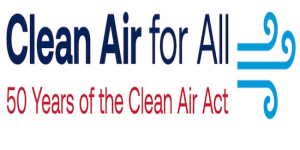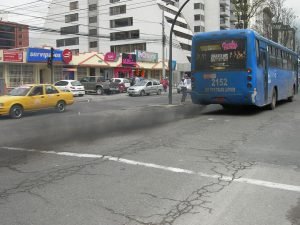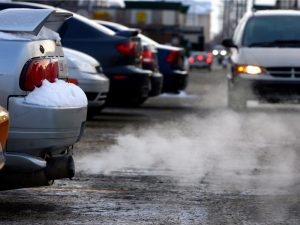New Air Testing Determination System Effective February 1st
On February 1, 2021, the Nevada Division of Environmental Protection’s Air Program announced a new Testing Determination System (TDS). The TDS is a standardized method the Air Program uses to determine air quality operating permit testing requirements based on a facility’s Potential-to-Emit (PTE), operating parameters, and compliance history. Beginning with the initial phase announced on February 1st, the new TDS applies to baghouses controlling non-combustion emission units. Additional phases for other air pollution controls and emission units are planned for future development. Implementation …
Read MoreNew Air Testing Determination System Effective February 1st





